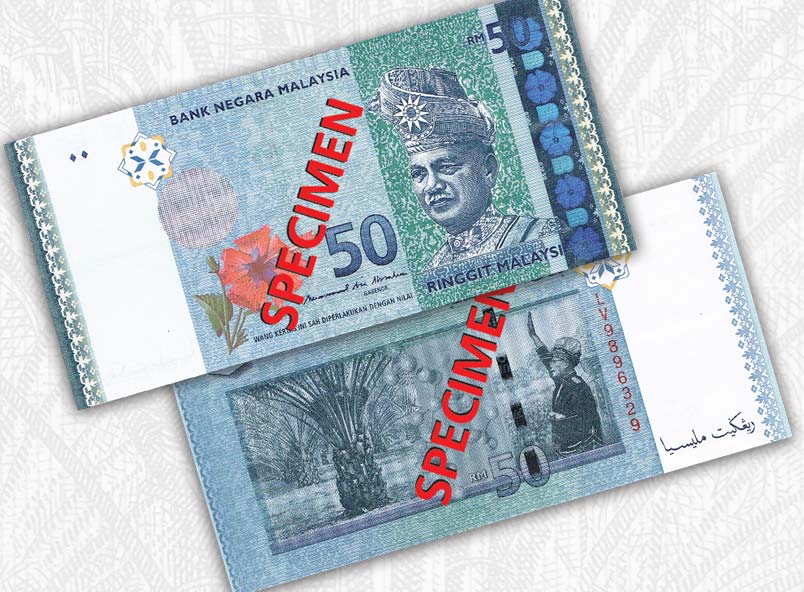



Useful educational tool
September, 2017 in Issue 3 - 2017, Comment
In an interesting study by UCLA professor Alan Castle and his colleagues, only one person out of more than 100 students could accurately draw the Apple logo from memory. According to Prof Castell, the most famous experiment on this subject showed that few people could correctly recall the placement of the features on a penny coin – which way Lincoln is facing or where the word ‘Liberty’ goes. This was likely due to information overload or ‘attentional saturation’.
Now, how many of us have looked at the Malaysian currency and realised that oil palm tree is prominently displayed at the back of the 50-Ringgit bank note?
Bank notes are an important medium of transaction. They have also come to symbolise a nation’s identity, as notes or coins may carry designs associated closely with its history and culture. The country’s name is automatically linked to the currency, be it the US Dollar, British Pound Sterling, Japanese Yen, European Euro or the Malaysian Ringgit (RM).
The oil palm tree is reflected on the RM50 bank note in recognition of the strategic importance of the industry in driving the Malaysian economy. The 16 million tonnes of palm oil exported in 2016 represented 37% of the global palm oil trade.
The most recent genesis of the RM50 bank note stems from the 50th year of Malaysia’s Independence. In December 2007, Bank Negara Malaysia launched the fourth series of this bank note, featuring the oil palm tree (along with biotechnology) as an icon. The design is based on the National Mission – the first thrust aims to move the economy up the value chain to higher value-added activities in agriculture, manufacturing and the services sector.
Conversation piece
The RM50 bank note is the perfect tool to explain the importance and value of the miracle that is Malaysian palm oil. On my travels, I have observed that many people do not know what palm oil is derived from. This is to be expected because the oil palm is not planted in many parts of the world. Those in Europe, for example, are more familiar with rapeseed, sunflower or the olive tree.
We are unable to transport an oil palm tree across borders to show what its looks like. But I have often wondered why the RM50 bank note has not been used as a promotional tool to educate people about the oil palm and its main product, palm oil. After all, Malaysians usually carry Ringgit notes in addition to other currencies when travelling.

Some years ago, when I attended a hearing on a palm oil-related Bill in the Australian Parliament, a Senator mentioned never having seen an oil palm tree. And yet, Australia was planning to make an important decision that would affect palm oil.
I then realised how important it is to always carry a RM50 note with me. Although there are other options, such as a photo of the oil palm tree, I can confidently say that the bank note will always make a more interesting conversation piece.
It could earn you a couple more friends, although you may end up losing RM50 as the bank note is sometimes claimed as a souvenir item! But the loss is small when you can remove misconceptions about the oil palm industry. And unlike printed materials used for education and promotion, a bank note will not be dumped in a bin, since people are aware of its monetary value.
The depiction of an oil palm tree on the RM50 bank note makes it an unusual and meaningful gift item, as it promotes Malaysia, its currency and the oil palm industry all at once.
Belvinder Sron,
Deputy CEO, MPOC